By Eliyahu Kamisher and Sarah Holder | Bloomberg
The path to one of the most lucrative entry-level jobs in US law enforcement begins at a squat police academy nestled on a residential street in San Francisco. Enrollment has been plunging.
The academy graduated 26 officers last year, the lowest tally in at least a decade and less than a third of the 2019 total. While this year’s group is likely to be bigger, only a half dozen recruits on a recent day were hammering their batons on practice bags, rehearsing jiu-jitsu-like techniques and wrestling each other to the ground in a gym adorned with a large American flag.
The scarcity underscores a major problem for San Francisco, but one that’s also plaguing cities and towns across the US. San Francisco beefed up efforts this month to reverse the slide by lifting the starting pay for officers with no experience to $112,398 — the highest for rookie cops in big US cities, nearly double the level in New York City and more than what many US Secret Service agents earn.
“We are bending over backwards,” said Patrick McCormick, the head of hiring at the San Francisco Police Department.
To some extent, San Francisco is a special case. Its pricey housing market means high salaries don’t go as far. It’s also known as a progressive bastion, and negative views of the police repel some would-be cops. But a recent backlash on public safety has taken shape, including the recall of a liberal district attorney in 2022, and local leaders are increasingly backing the blue.
Whatever San Francisco’s idiosyncrasies, plenty of other US towns, cities and states are contending with similar challenges in finding officers. The Dallas Police Department set up recruitment billboards in Chicago. Florida Governor Ron DeSantis approved bonuses of $5,000 for police willing to relocate from other states. Ithaca, New York, has offered a $20,000 signing bonus for lateral hires.
“Twenty years ago, we would have hundreds of people knocking down our door to be police officers,” said Ted Schwartz, acting police chief in Ithaca, a city of about 32,000 that’s home to Cornell University. “That’s not true in our society anymore.”
Staffing at US police departments fell almost 5% during the three years ending in January 2023, according to the Police Executive Research Forum, a policy group in Washington that conducted a survey of 182 law enforcement agencies. Much of the decline has been driven by officers quitting or aging out of the workforce. Resignations in 2022 were 47% higher than their 2019 level, while retirements rose 19%.
The cross-country rush to replace those officers reflects a broader shift in attitudes toward policing. Perhaps most dramatically, the murder of George Floyd in 2020 spotlighted police brutality and damaged trust in cops.
Public scrutiny increased, complicating the efforts of police forces to attract candidates to jobs that are already known for long hours and the ever-present threat of grave physical danger. An instructor at San Francisco’s police academy said the training for recruits is geared toward “the worst day of their life” since they’re likely to be in situations in which violence erupts.
Adding personnel doesn’t always translate to better policing, of course. The effectiveness of police officers depends on how they’re trained, as well as on leadership decisions about priorities and resource allocation. More staffing in lousy police departments won’t necessarily help the public – and it might hurt.
But shrinking police forces can exact costs on communities, said Ben Struhl, executive director of the Crime and Justice Policy Lab at the University of Pennsylvania. For example, effective strategies that reduce violent crime without causing a surge in arrests are often put on the back burner when a department is struggling to meet basic emergency response needs.
“Without police in the first place, it’s really hard for police to be strategic,” he said.
Some cities with lower officer headcounts have struggled with reduced responsiveness to the public. In Oakland, California, where the force has contracted 5% since 2019, response times for urgent 911 calls often top 45 minutes – among the worst in the state.
In Arcata, a remote town in northern California, a raft of officer departures and retirements forced local leaders to collapse policing to core services and cut back on a community-oriented response unit. Arcata started dangling $50,000 bonuses to prospective new hires as a result.
“These bonuses sound more like sports teams than a civil service position,” said Chuck Wexler, the executive director of the Police Executive Research Forum. “I’ve never seen anything like it. It feels like desperation.”
But police hiring is particularly hard in cities where the cost of living is steep. And competition is fierce in the San Francisco Bay Area, where starting salaries for all the local police and sheriff’s departments top $100,000.
Alameda, just south of Oakland, offers $113,654 a year — more than San Francisco itself. Alameda is also offering a $75,000 signing bonus, the highest in the country, although officers have to pay back part of the sum if they leave the force in less than five years.
Related Articles
Former Bay Area education official sentenced for lewdness with child
Oakland officer murder suspect’s mom released from jail
Tennessee man arrested in connection with East Bay carjacking
Police seek protester who injured woman, burned Israeli flag in East Bay
One arrested following hit-and-run crash that kills pedestrian in East Bay
“They’re just throwing money at the problem,” said Barry Donelan, who heads the police union in Oakland. “When you talk about $50,000, $75,000 they become mercenaries. You think that officer really wants to put roots down?”
San Francisco is at pains to spotlight its big-city vibe and cultural attractions, not just the homelessness and drug addiction that often dominate portrayals of the town. The police department has a splashy recruitment website and video, plus outreach efforts stretching into Texas and New York.
“You have to be able to talk to everybody from the billionaire who calls you because somebody broke into their house to the drug addicts who just overdosed on fentanyl and we brought him back from almost dying,” said McCormick, the hiring chief at San Francisco PD. “Some districts, you’re talking to both of those people in a single shift.”
The campaign is showing results. Applications rose in 2023 and recruits have arrived from Nevada and Alabama. The police academy’s current class has 23 trainees, although there’s no guarantee they’ll all graduate. But after losing hundreds of officers in recent years, police staffing is still down 13% compared with 2020.
Political pressure for a longer-term solution is on the rise as police staffing emerges as a key budget battle. Voters will consider a ballot measure in March to set a minimum personnel level.
But the outcome is far from certain. Mayor London Breed rescinded her support for the measure after some members of the Board of Supervisors inserted a clause that would require a new funding source for the recruitment drive to avoid deeper cuts to the city’s budget.
Without such a source, San Francisco is “literally going to have to close pantries” to solve its policing shortage, said Ahsha Safaí, a board supervisor. “We have to come up with a way to actually pay for this so we’re not robbing Peter to pay Paul.”
Things may stay pretty quiet at the police academy for a while.
–With assistance from Fola Akinnibi.
More stories like this are available on bloomberg.com
©2024 Bloomberg L.P.




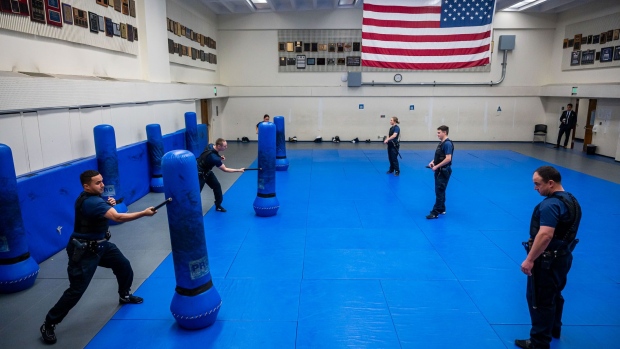
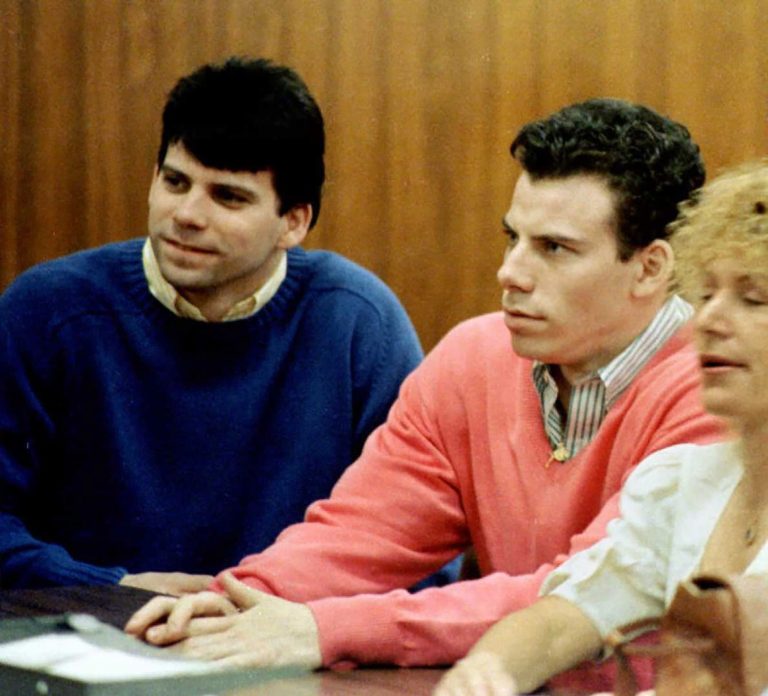


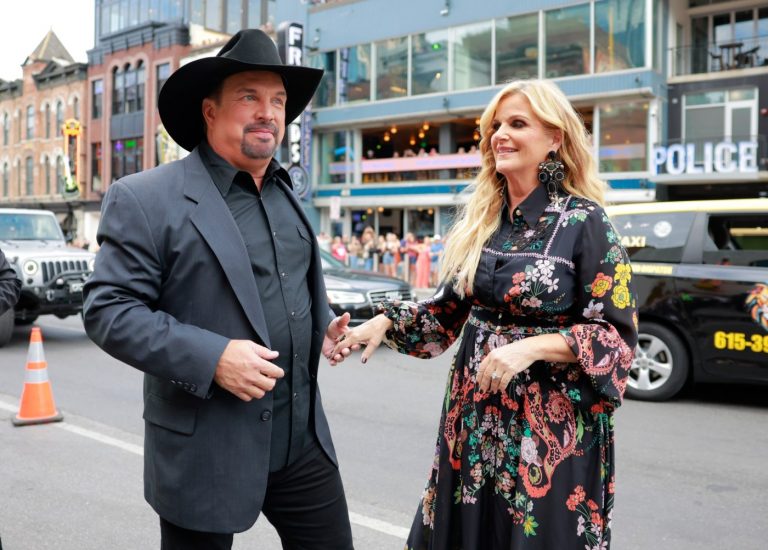
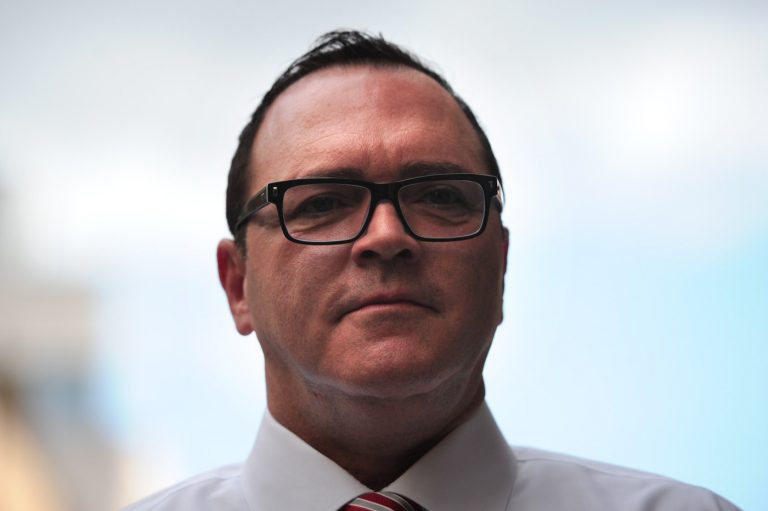


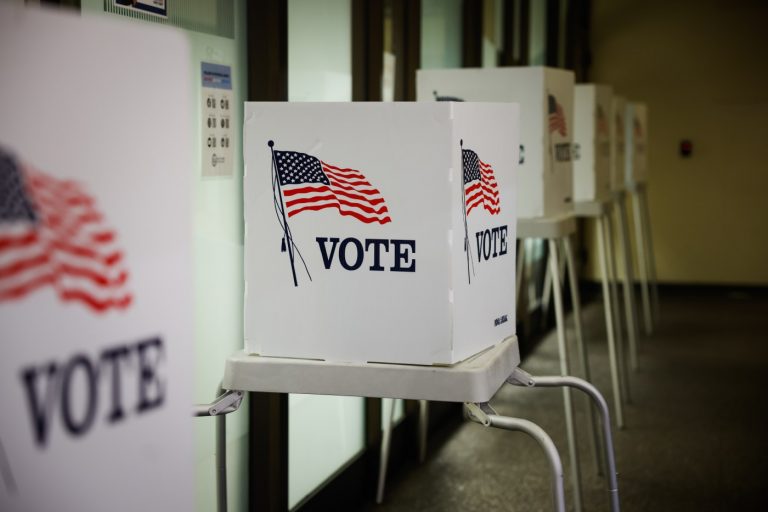
+ There are no comments
Add yours